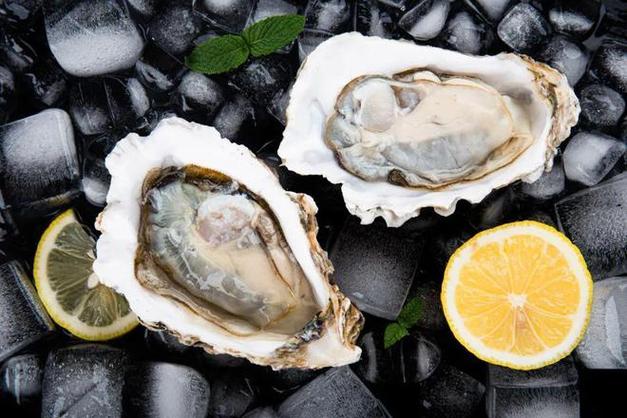
饲养牡蛎(Raising Oysters)
饲养牡蛎
过去人们饲养牡蛎的方式很大程度上类似于田地里的农夫种植蕃茄--通过移植来饲养它们。
首先,农夫选好牡蛎苗床,清除底部的旧壳和其它杂物,然后四处撒播干净的壳。接着,他们"栽种"已受精的牡蛎卵。这些卵在2~3周内会孵化成幼贝。
幼贝一直漂流直到粘在苗床底部干净的壳上为止。它们会呆在那儿并逐渐长成小牡蛎。我们称之为种子或贝
苗。
贝苗吸进海水中的微小生物作为食物从而越长越大。不久之后,农夫将这些小牡蛎收
集起来,把它们移种进其他的水域加快其生长,然后再次将它们移种进另外的水域以使其肥壮起来。直到最近,野生的以及人工饲养的牡蛎完全能够满足人们的需要。
但是今天这种可口的海味已不再大量存在。这个问题已经变得如此严重以至于一些牡蛎苗床已完全消失。幸运的是,早在20
世纪初期海洋生物学家们就意识到如果不采取新的措施,牡蛎将会灭绝或至少会变为一种奢侈的食品。因此他们建造了装备良好的孵卵场所并开始工作。但是他
们尚没有适当的装置或技术来处理牡蛎卵。他们不知道何时、用什么以及如何喂养幼贝。他们对捕食数百万幼小牡蛎的动物天敌也所知无几。
他们失败了,但他们顽强地坚持了下来。
终于,在20世纪40年代,一个重要的突破性的进展产生了。海洋生物学家发现,升高水
温能够诱导牡蛎不仅在夏季也在秋季、冬季和春季里产卵。后来他们发展了一项技术来喂养幼贝至其长成贝苗。
他们进一步成功地培养出了新的品种,可以抵抗疾病、长得更快、更大并且在不同的盐度和温度的水中都能茁壮生长。此外,这些培殖出的牡蛎口感更佳!
raising oystersin the oysters were raised in much the same way as dirt farmers raised tomatoes- by transplanting them. first, farmers selected the oyster bed, cleared the bottom of old shells and other debris, then scattered clean shells about. next, they ”planted” fertilized oyster eggs, which within two or three weeks hatched into larvae. the larvae drifted until they attached themselves to the clean shells on the bottom. there they remained and in time grew into baby oysters called seed or spat.
the spat grew larger by drawing in seawater from which they derived microscopic particles of food. before long, farmers gathered the baby oysters, transplanted them once more into another body of water to fatten them up.until recently the supply of wild oysters and those crudely farmed were more than enough to satisfy people’s needs. but today the delectable seafood is no longer available in abundance. the problem has become so serious that some oyster beds have vanished entirely.fortunately, as far back as the early 1900’s marine biologists realized that if new measures were not taken, oysters would become extinct or at best a luxury food. so they set up well-equipped hatcheries and went to work. but they did not have the proper equipment or the skill to handle the eggs. they did not know when, what, and how to feed the larvae. and they knew little about the predators that attack and eat baby oysters by the millions. they failed, but they doggedly kept at it. finally, in the 1940’s a significant breakthrough was made.
the marine biologists discovered that by raising the temperature of the water, they could induce oysters to spawn not only in the summer but also in the fall, winter, and spring. later they developed a technique for feeding the larvae and rearing them to spat. going still further, they succeeded in breeding new strains that were resistant to diseases, grew faster and larger, and flourished in water of different salinities and temperatures. in addition, the cultivated oysters tasted better!









 扫一扫支付
扫一扫支付


